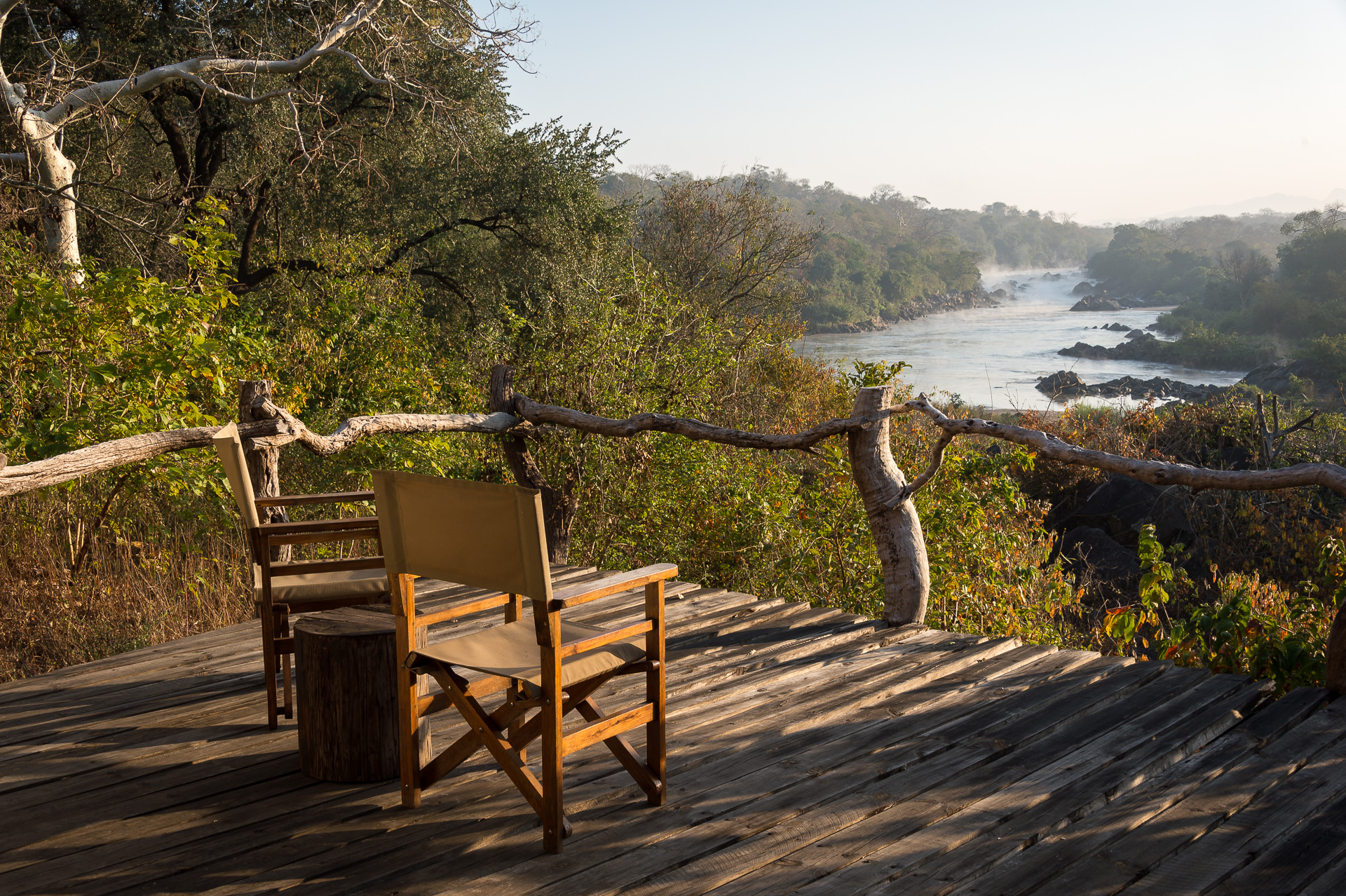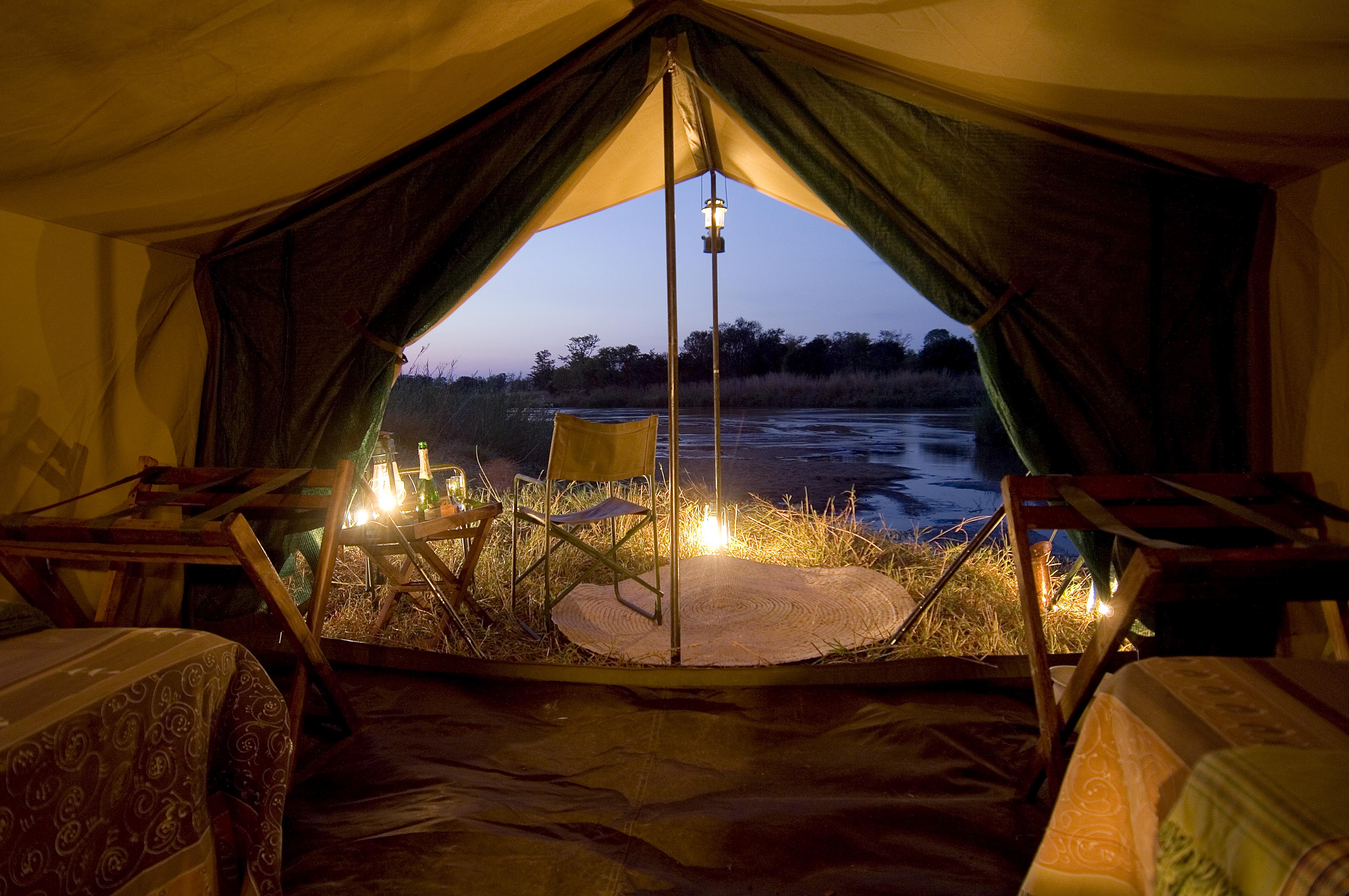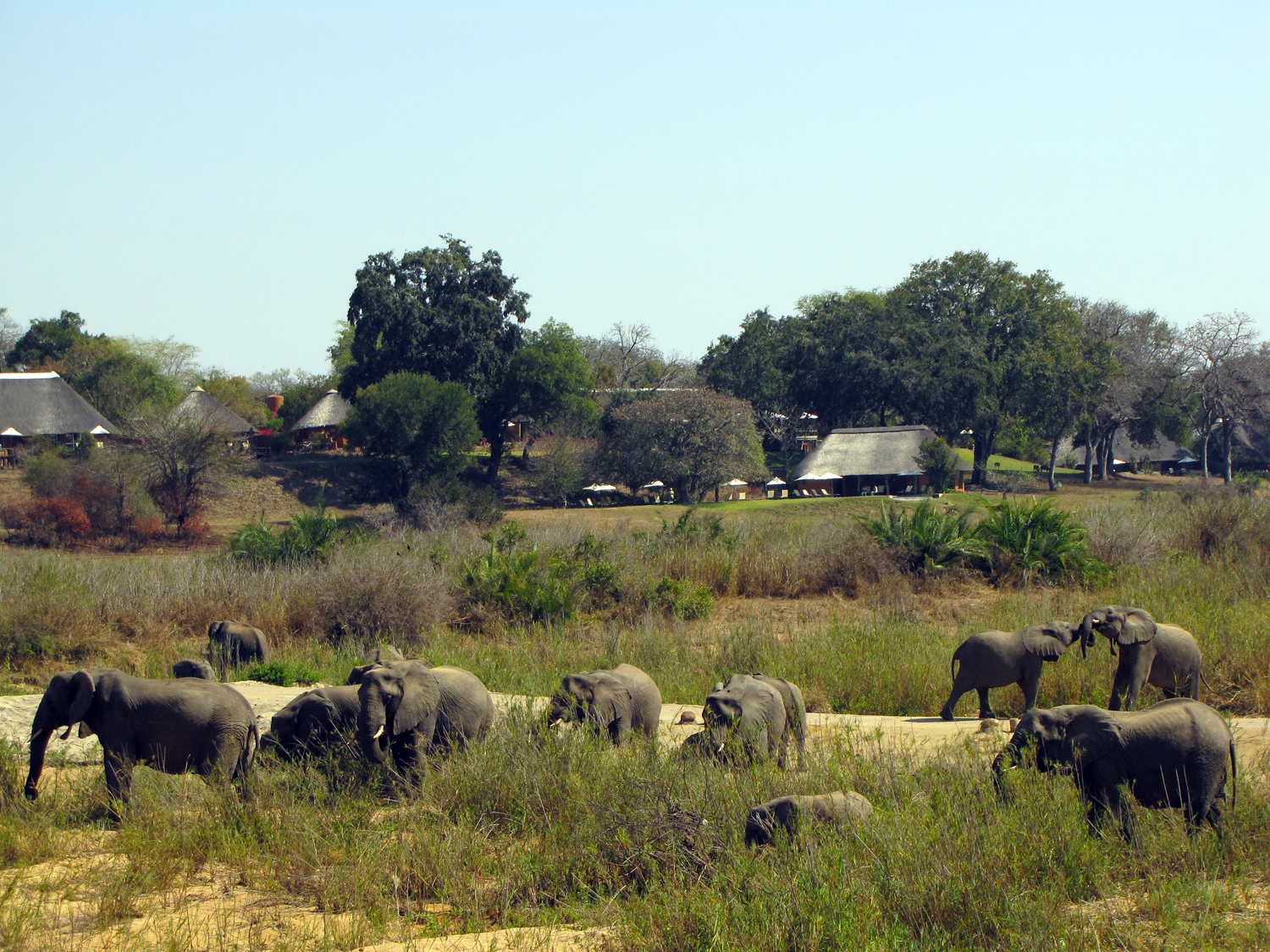Malawi is a rising star on the safari scene. Known as the ‘warm heart’ of Africa, visitors can enjoy idyllic lake shore stays along with exciting safari options, ranging from ‘Big Five’ breaks in Majete to wild weekends in Nkhotakota Wildlife Reserve.
Malawi also offers adventure – climb Mt Mulanje, Malawi’s answer to Kilimanjaro. This huge slab of mountain south of Blantyre is surrounded by tea plantations and is incredibly scenic. Best explored on foot, there are trails suitable for all abilities, including 21 peaks to walk (or climb). Venture to Viphya for mountain biking and walks on the stunning plateau or Zomba, an 1800m high mountain range with forest, lakes, waterfalls and abundant wildlife.
Why go now? Malawi has transformed in recent years with concerted conservation efforts. Wildlife is thriving. Black rhino have returned to Majete and cheetah to Liwonde (after an absence of 20 years). Lion were re-introduced in 2018, while an ambitious elephant re-location was completed in a mission to see herds once more in Nkhotakota.
In Majete. tourism has increased 14 percent from last year, with over 9,000 visitors bringing valuable money to the reserve and communities. African Parks has maintained a 15 year track record of zero poaching of elephant and rhino. In Liwonde, numbers are up 25%.*
Quick Fire Malawi
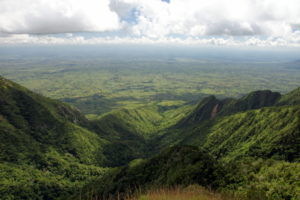 9 national parks/wildlife reserves: Malawi has 5 national parks (Lake Malawi, Nyika, Liwonde, Kasungu, Lengwe) and 4 wildlife reserves (Nkhotakota, Majete, Vwasa, Mwabvi).
9 national parks/wildlife reserves: Malawi has 5 national parks (Lake Malawi, Nyika, Liwonde, Kasungu, Lengwe) and 4 wildlife reserves (Nkhotakota, Majete, Vwasa, Mwabvi).
Here is a short guide to help you get to grips with Malawi:
Nyika National Park in the North is Malawi’s largest park with over 400 species of birds including Denham’s Bustard and the wattled crane and the highest density of leopard in central Africa. The park is especially good in the rainy season when wildflowers and orchids cover the plains. Varied scenery includes a waterfall and lake as well as a neolithic rock shelter. Chelinda Lodge provides classic accommodation.
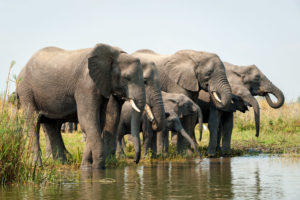 Liwonde National Park in Malawi’s south is dominated by the Shire River and has an excellent population of elephant as well as hippo, buffalo, zebra, crocodile and antelope. It is also now a sanctuary for more than a dozen black rhino. It was founded in 1973 and is one of Malawi’s most beautiful and most popular parks. Boat and 4×4 safaris are both excellent ways to explore. The river draws good numbers of elephant. Mvuu Lodge and Camp on the River Shire’s bank offers four large ensuite tents and one stone and thatch honeymoon suite with views over the lagoon and there is also a natural rock hewn swimming pool. The camp has 12 units – a mix of stone and thatch chalets and family tents. Lovely Kuthengo Camp is a new addition to the park – a small seasonal tented camp, also on the river.
Liwonde National Park in Malawi’s south is dominated by the Shire River and has an excellent population of elephant as well as hippo, buffalo, zebra, crocodile and antelope. It is also now a sanctuary for more than a dozen black rhino. It was founded in 1973 and is one of Malawi’s most beautiful and most popular parks. Boat and 4×4 safaris are both excellent ways to explore. The river draws good numbers of elephant. Mvuu Lodge and Camp on the River Shire’s bank offers four large ensuite tents and one stone and thatch honeymoon suite with views over the lagoon and there is also a natural rock hewn swimming pool. The camp has 12 units – a mix of stone and thatch chalets and family tents. Lovely Kuthengo Camp is a new addition to the park – a small seasonal tented camp, also on the river.
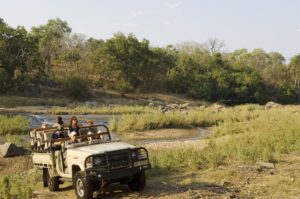
Majete, also located in the south has a fascinating back-story. It was once a prolific game refuge but by the 90s much of the big game had been eradicated due to poaching, logging and agriculture. But in 2003 African Parks took over management of the reserve and it is now an inspiring model of sustainable development and biodiversity. Many different species have been reintroduced including lion, black rhino, elephant, antelope, zebra and leopard making this a Big Five destination once more. Today there are more than 12,000 animals in Majete. We love Robin Pope Safaris new Mkulumadzi as a fantastic base for exploring the reserve.
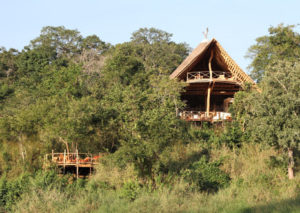
Nkhotakota is Malawi’s oldest reserve and also under the management of African Parks. The beautiful Bua river flows at its heart. Dense rainforest gives way to miombo woodland rich with flora and fauna. The best way to see the reserve is by kayaking down the river or walking with a guide. Birdlife is fantastic with over 280 species recorded, and you may even be lucky enough to spot elephants coming to drink at the river or antelope in the woodland. Leopard and lion are more tricky to see. Tongole Wilderness Lodge is a fantastic lodge, recently opened and nestled in the dense foilage. Open-fronted suites with panoramic views and raised decks allow you to soak up the majesty of the reserve.The park sits in the east of Malawi near the lake. Nkhotakota used to have more than 1,500 elephants but, after years of poaching, less than 100 of them remained. African Parks has successfully translocated 500 elephants from Liwonde and Majete to Nkhotakota in recent years .
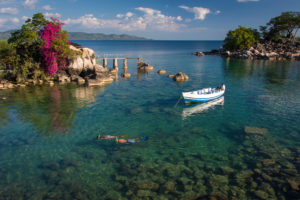
Lake Malawi: Malawi’s lake shore stretches some 500km. It is a paradise of small communities, sandy shores and small islands. Lake Malawi National Park was the very first freshwater national park declared as a UNESCO World Heritage site in 1984. Cape Maclear, located on the southern shore of Lake Malawi, is the busiest resort on Lake Malawi with a wide range of accommodation to suit most tastes.. We like the simplicity of Mumbo Island, just a few kilometres off the coast, a good value, eco-friendly, rustic and laid back little lodge perfect for downtime. If you enjoy a few more luxuries then Pumulani Lodge is also in this area on the western side of Cape Maclear, conveniently accessible via Lilongwe. Right on the north eastern shore of the lake is idyllic Likoma Island with its stunning beaches and luxurious accommodation in the form of Kaya Mawa. The lodge is beautifully designed. This is a special spot for relaxing, indulging and soaking up the dreamy views of the Mozambique coast just 40km away.
Practical points: British citizens require a visa to visit Malawi. (USD $75). Malaria is present throughout Malawi so anti-malarials are recommended. The unit of currency is the Kwacha. The rainy season runs from November/December to March. Between April and October Malawi’s weather is perfect for holidaying offering cool nights, and warm clear days. There are currently no direct flights to Malawi. The main gateways of Lilongwe and Blantyre can be reached via Johannesburg (using South African Airways or BA to J’Burg) although depending on season and offers other routes are also available.
Malawi offers good value. One of the reasons for this is the relatively compact nature of the country and good network of tarmac roads ensuring guests can combine key areas easily. To give some idea of driving times in the south, please see below:
Lilongwe to Liwonde – approximately 4 hours
Lilongwe to the lake – approximately 3 hours.
The lake to Majete – approximately 5 hours.
Majete to Blantyre – approximately 2 1/2 hours.
(Flights are also available with Ulendo Airlink, for example Lilongwe to Likoma Island…)
Summary
Malawi is a fantastic and very rewarding holiday destination – you can enjoy a safari as well as time on the lake in one holiday. Malawi offers lovely weather from Easter right through to Halloween making it a good choice for families looking at getting away during the main holidays. The people are incredibly warm and friendly and there is increasing choice when it comes to accommodation.
Malawi is an inspiration when it comes to conservation – wildlife continues to thrive; visitor numbers are on the increase and through eco-tourism, more and more jobs are created for people in the community.
Because predator numbers in Malawi’s parks and reserves are not as high yet as in other safari destinations, we think Malawi is a hugely rewarding choice for repeat visitors to the continent, or to visit in combination with its wild neighbour, Zambia.
*Source: African Parks
